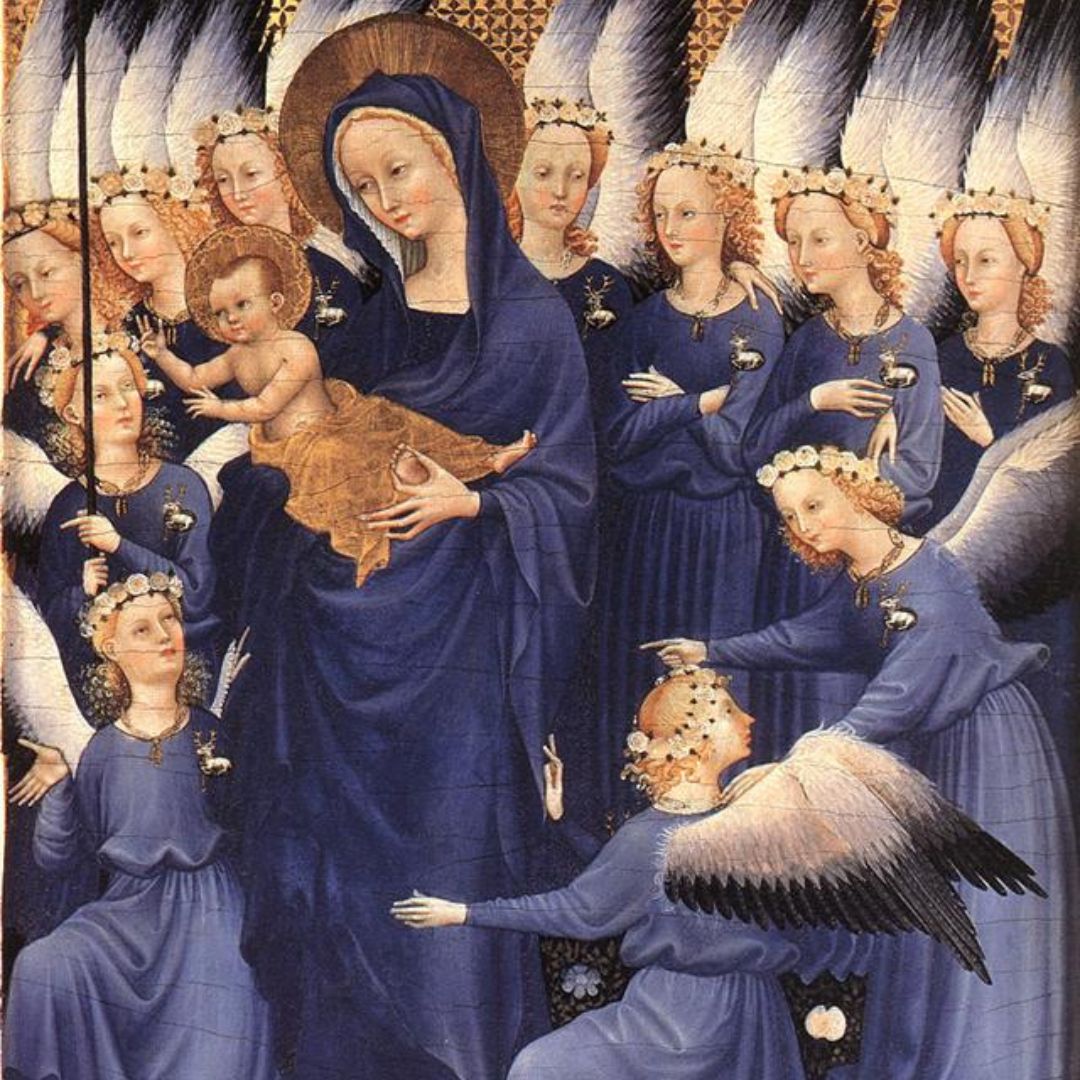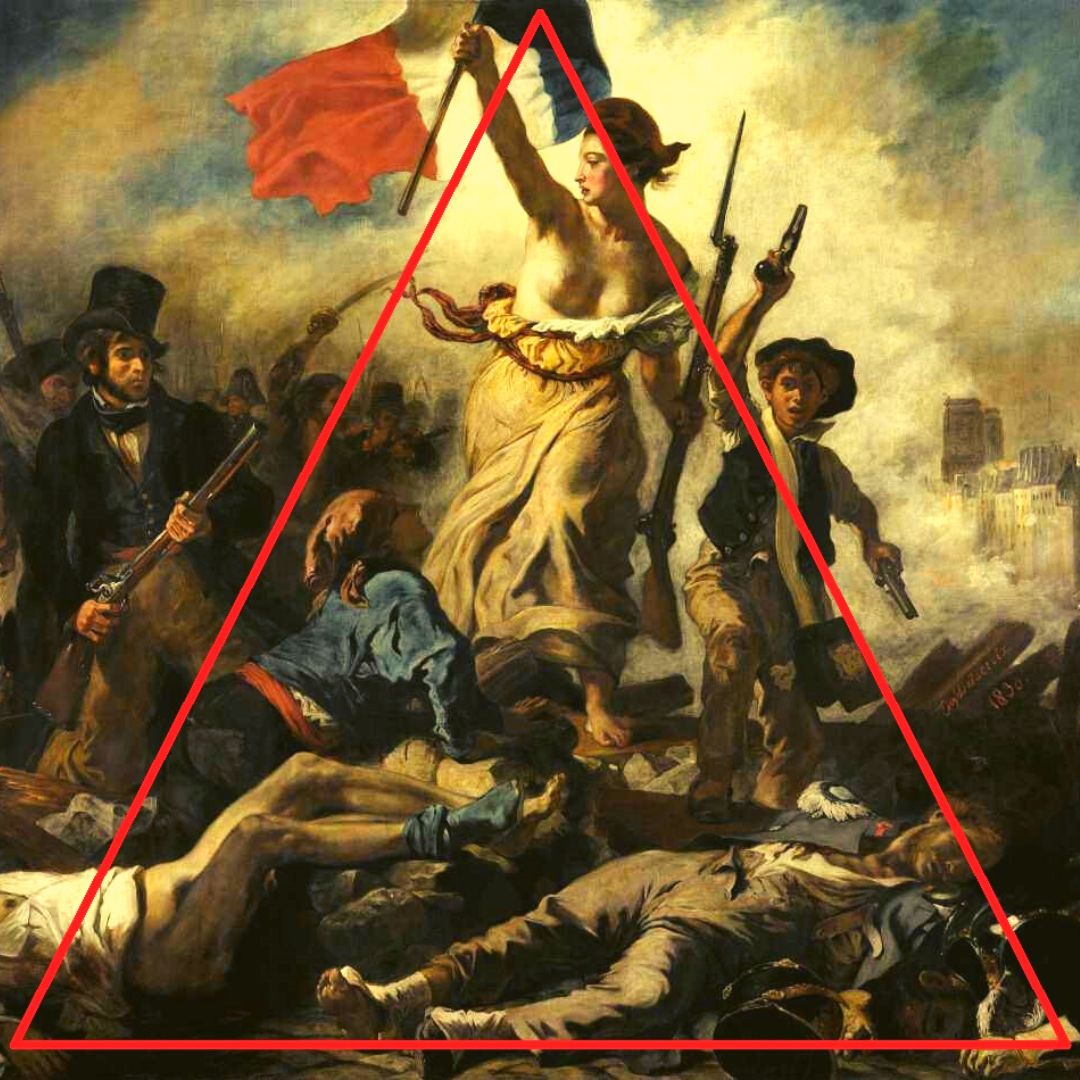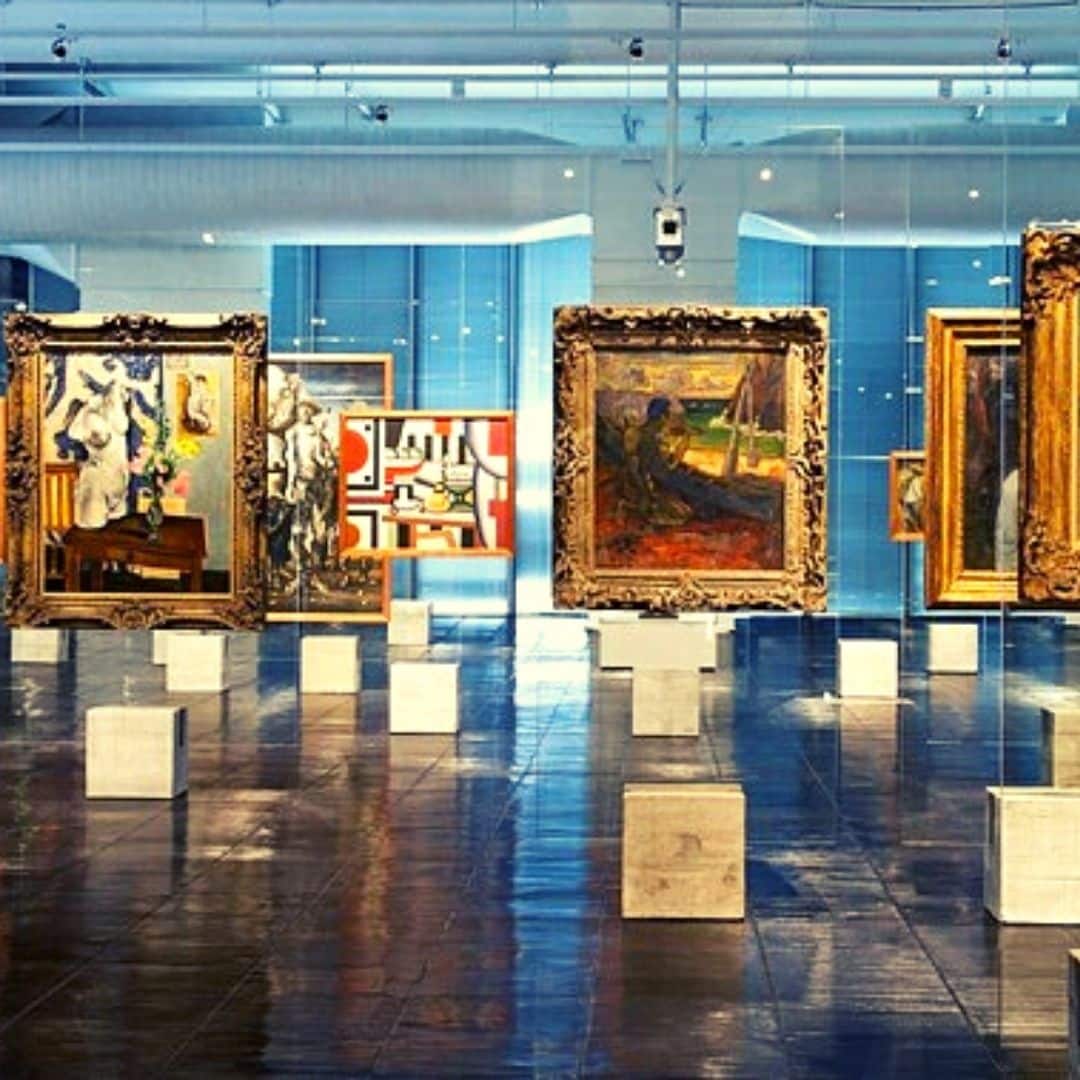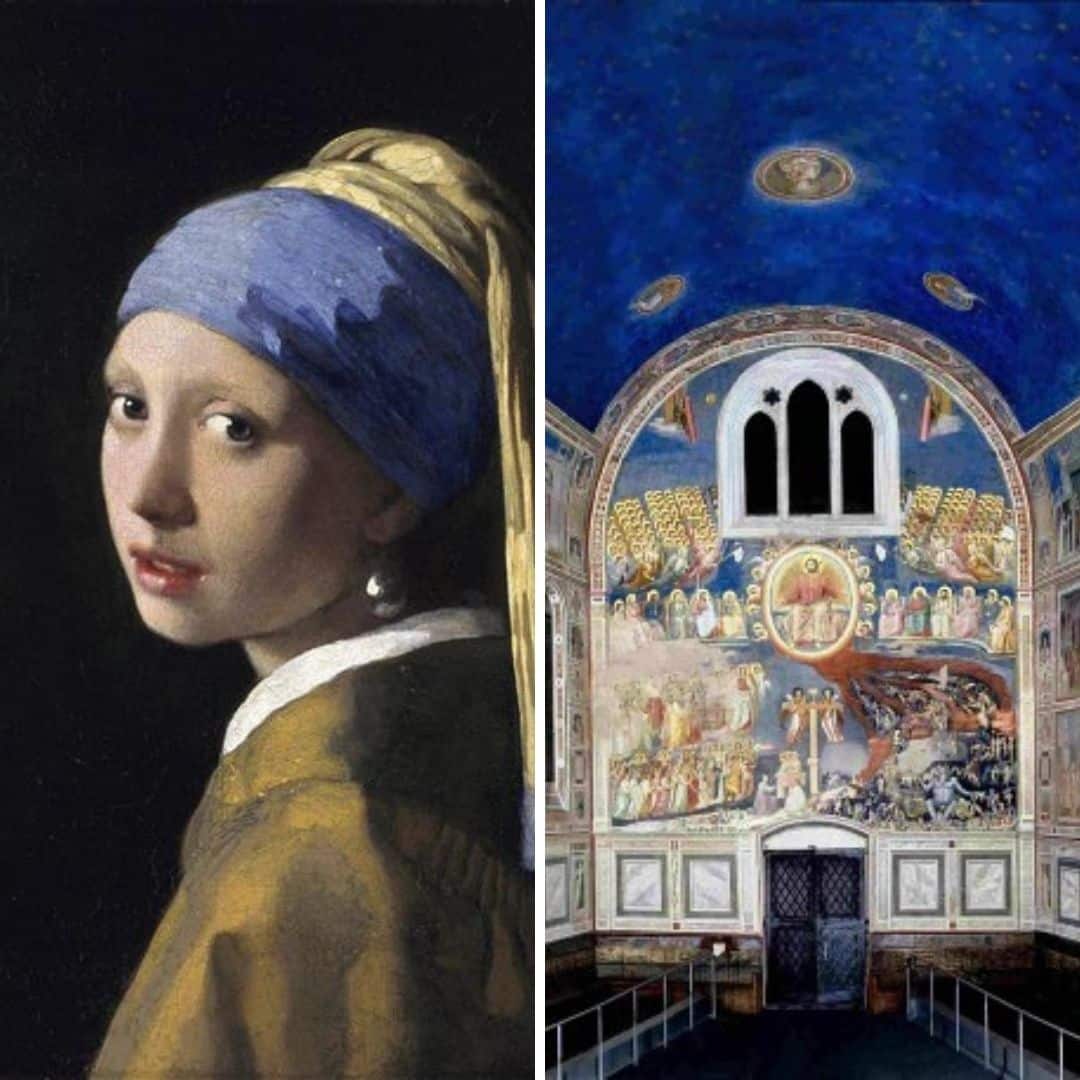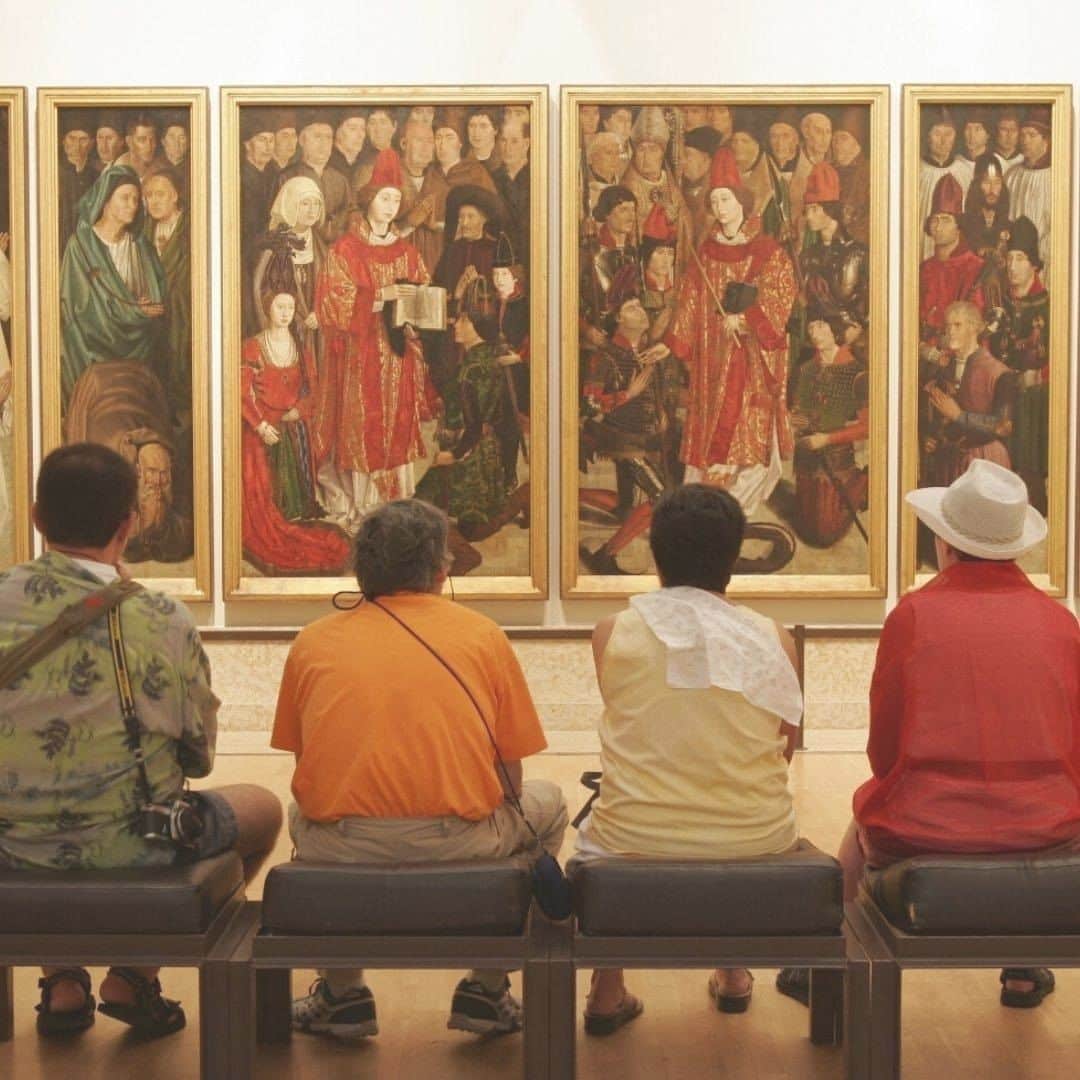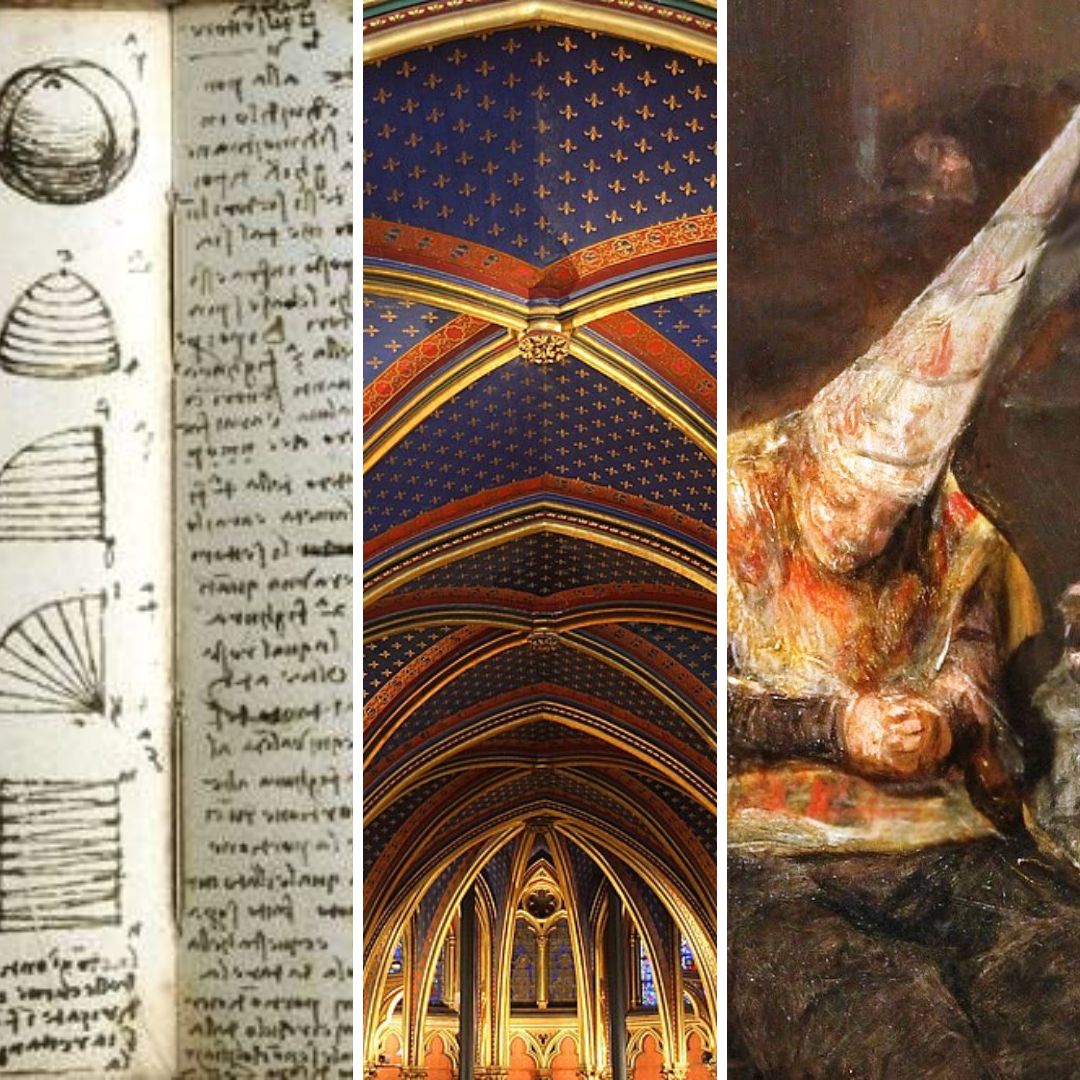Expressionism refers to a set of artistic tendencies that took on different names and that lasted until after World War II. However, the ‘first’ Expressionism dates from about 1905 to 1914.
Expressionism – history and origin
Expressionism is a very broad movement, beginning with painting, but eventually also passing through sculpture, architecture, literature, music and cinema.
Expressionism as an artistic movement is born in Germany (territory at the time belonging to the Prussian Empire), fruit of the need to externalize the impact of the modern life of the time and the growing crisis of values. This crisis was based on several factors resulting from the development of urban life:
Accelerated industrialization,
Imperialist tendencies,
Unraveling traditional life,
Growing misery among the working class,
Increased marginality,
Degradation of bourgeois customs.

Nollendorfplatz, Ernst Ludwig Kirchner (Grupo Die Brücke), 1912 (Stiftung Stadtmuseum of Berlim, Germany).
https://commons.wikimedia.org/wiki/File:Ernst_Ludwig_Kirchner_-_Nollendorfplatz.jpg
In fact, Expressionism wants to reflect about the fragility of the human condition, whether by caricature or by the grotesque. In this sense, this artistic movement is seen as an instrument of social and political denunciation.
The name itself is meant to explain the artistic intentions of the group: it is an art turned to the soul, to the revelation of the human spirit and its feelings.
The movement usually referred to as Expressionism or ‘first’ Expressionism is the general term referring to the original movement and not other subsequent ramifications after the outbreak of World War I and which lasted until after World War II.
The artistic tendencies of Expressionism were, however, continuous and were relatively transversal to other vanguardist movements, also expanding into new territories and taking different names (such as Lyrical Abstractionism, Abstract Expressionism, Neo-Expressionism).
Expressionism – two Groups
Expressionism was divided into two groups:
Die Brücke (The Bridge), born in Dresden and with an estimated period of activity between 1905 and 1913.
Der Blaue Reiter (The Blue Rider), based in Munich and whose production developed approximately between 1910 and 1914.
The bridge
The group Die Brücke was founded by Ernst Kirchner, Erich Heckel, Otto Müller, Max Pechstein and Karl Schmidt-Rottluff. Over time, other artists have joined the group.
Die Brücke was a movement in which the personage emphasized in relation to the scene, hence the theme revolved around the social life (mainly incident in the bourgeois life), abundant portraits and auto-portraits.

Woman holding a bag, Karl Schmidt-Rottluff, 1915.
https://en.wikipedia.org/wiki/File:Schmidt-Rottluff-Bag.jpg
The intention of the artists of Die Brucke was to reveal the inner truth: to completely strip the human soul, even if it were shocking, uncomfortable or an affront.
The Blue Rider
The painters of the group Der Blaue Reiter, founded by Wassily Kandinsky, looked for an art that expresses personal experiences of the life of the Man confronted with the Nature.
Kandinsky, Paul Klee, Franz Marc, Auguste Macke, among others, followed the precept of expressing in art their personal reflection on Life and the World.
They chose subjects from the rural and urban landscape with social scenes included, or, then, scenes of animal life, whose intention is allegorical.
The Tower of Blue Horses, Franz Marc, 1913.

https://commons.wikimedia.org/wiki/File:Franz_Marc_029a.jpg
The emotiveness of the artists of The Blue Knight is more lyrical and mellow, with the emphasis on the magical and mystical sense of colors and rhythms.

